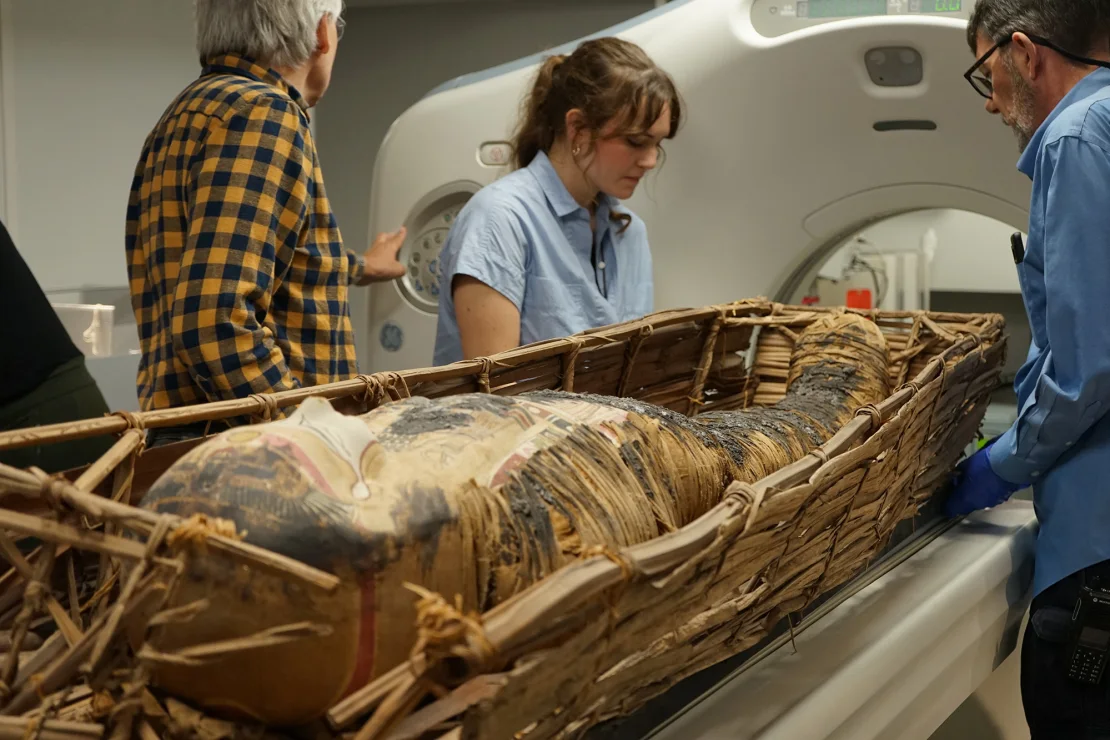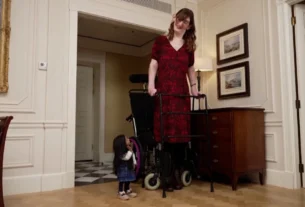Scientists at Chicago’s Field Museum of Natural History have used advanced CT scans to reveal new details about the identities and preparation of ancient Egyptian mummies, shedding light on their mortuary customs—all without unwrapping the linen. In September, 26 mummies were moved to a mobile CT scanner where the technology generated thousands of X-rays, which were then compiled into 3D images showing the skeletons and artifacts within. This process provides valuable insights into Egyptian burial rituals and their views on the afterlife.
The scans have also uncovered individual stories, offering a respectful look into the lives of these ancient Egyptians. Stacy Drake, the museum’s human remains collections manager, remarked that this method of studying mummies allows scientists to explore the people behind the artifacts, giving us a deeper understanding of their unique lives.
While the scans took just four days to complete, analyzing the 3D data could take years. These findings are particularly significant for conserving mummies for future generations. In addition to revealing burial practices, the scans have corrected some historical misconceptions, such as identifying mismatched coffins—one belonging to a 14-year-old, despite being labeled for a priest.
The Field Museum’s exhibit “Inside Ancient Egypt” includes replicas of tombs containing 23 human mummies, providing a glimpse into how ancient Egyptians believed in preserving the soul through mummification. For the embalmers, this was not just a biological process but a spiritual ritual, one that required great attention to detail—such as inserting prosthetic eyes for the afterlife.
In addition to new information about burial practices, the CT scans uncovered intriguing findings like wax statues of the four sons of Horus placed inside the mummies to protect the internal organs. For some mummies, like Lady Chenet-aa, scans revealed that embalming processes included stuffing her trachea to prevent neck collapse and adding artificial eyes to her body to ensure she had them in the afterlife.
The study also highlights the evolution of museum practices, with a focus on respecting these mummified individuals. While early archaeological expeditions often involved unwrapping mummies, today’s scientific approaches emphasize preservation and understanding, ensuring the mummies continue to tell their stories for centuries to come.
BBC NEWS, CNN, The Guardian, Reuters, Science Daily





